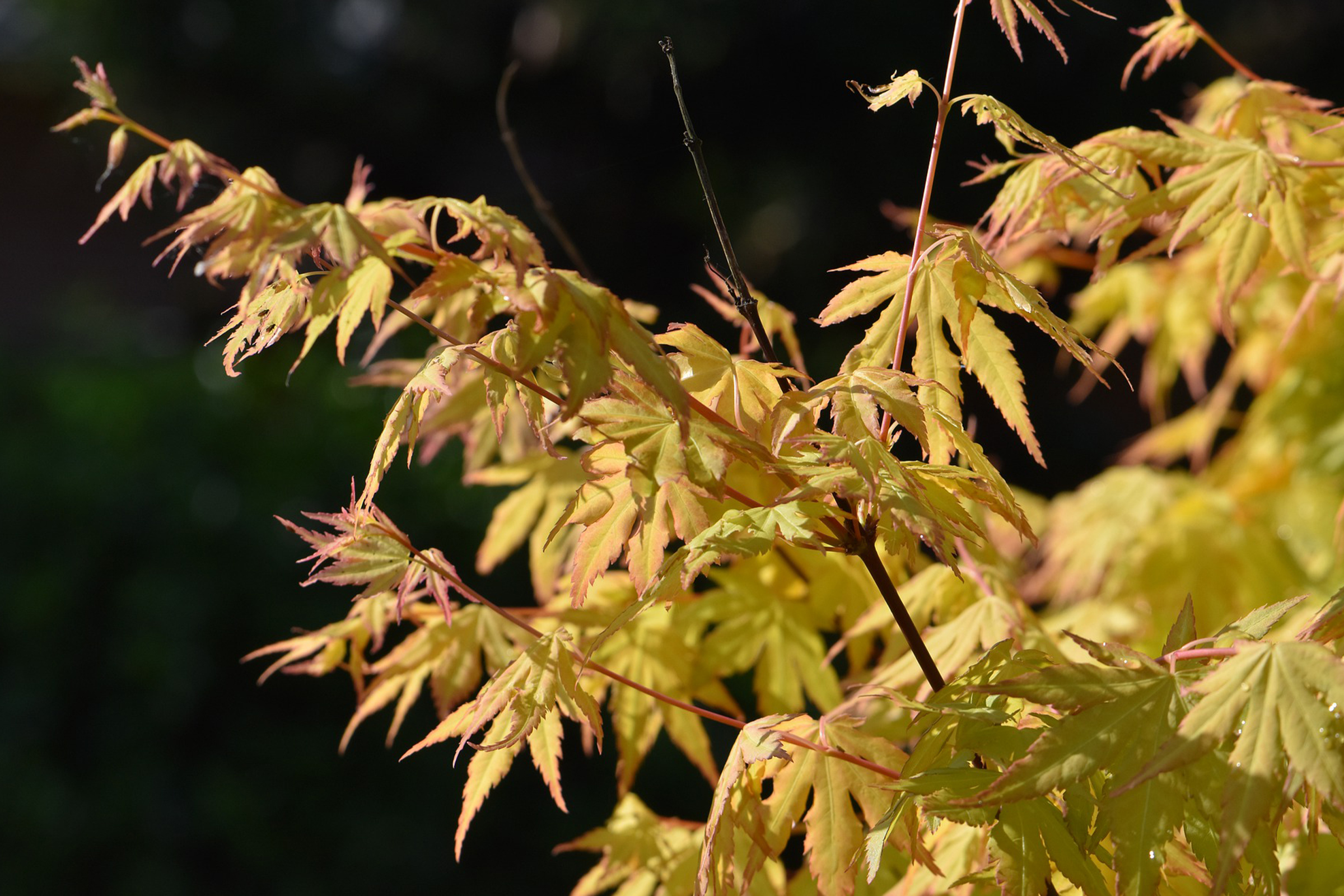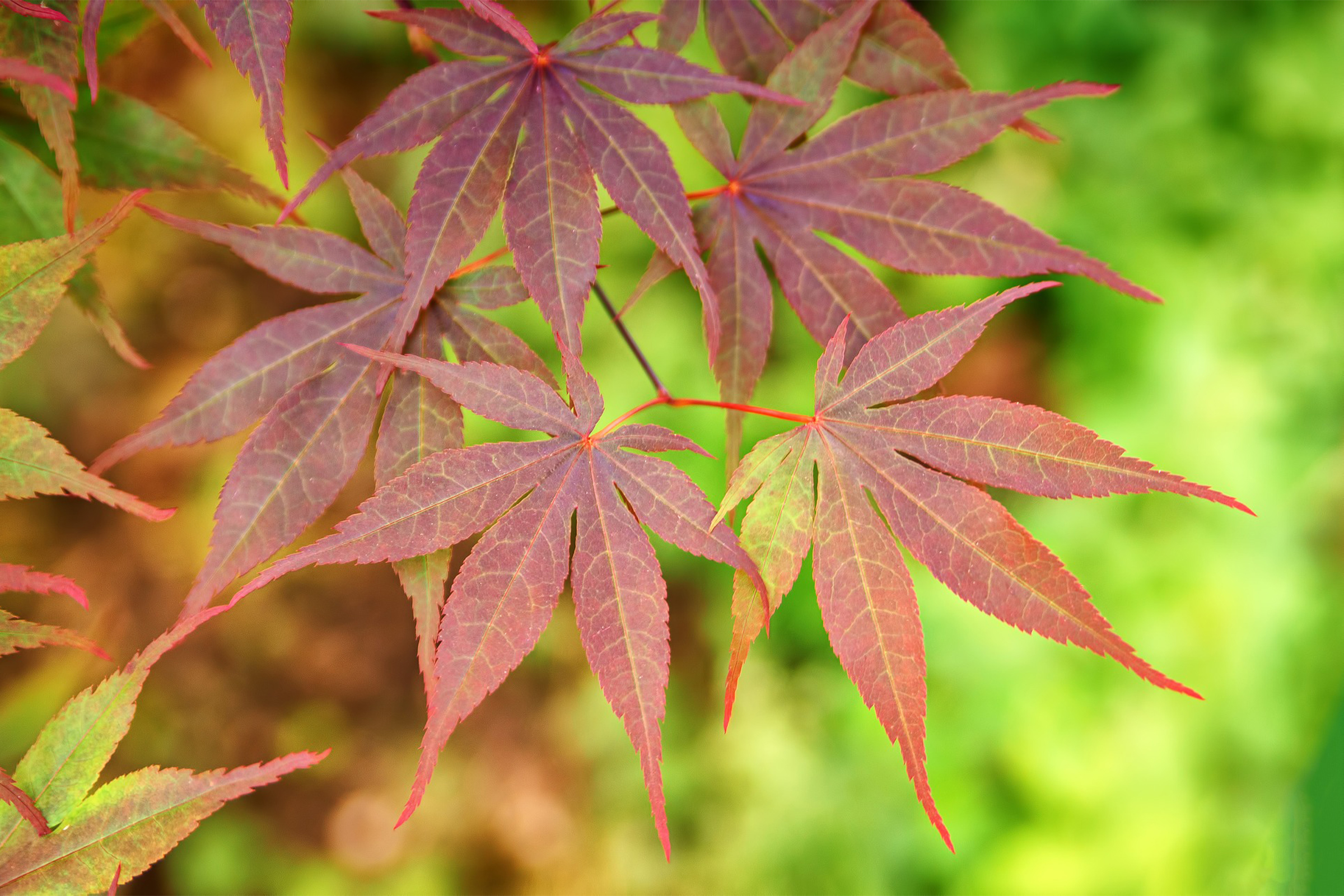Blog

Ask Dr. Phipps: Damaged Trees
Have a question about your perennials, houseplants or turf grass? Worried about pests in the garden, hydrangeas that won't bloom, or tomatoes that died on the vine? Dr. Phipps can help! Ask Dr. Phipps is a free service provided by Phipps Master Gardeners. Contact us with your questions and you may be featured in an upcoming blog post!
Q: The leaves of my Japanese maple are orange and falling. Can you tell me what is wrong? Will they recover?
A: Most Japanese maples seen in this area are Acer palmatum which has palmate leaves with 5 to 7 toothed lobes. Acer palmatum var. dissectum has palmate leaves, each having 7-11 deeply incised lobes, deeply cut to the base of the leaf. These are commonly called lace leaf, cut leaf or thread leaf.

There was a late freeze/frost in western Pennsylvania in May of this year. Many Japanese maples had already leafed out. The cold temperature caused the leaves to freeze. Frost damage is probably what you are seeing on your plant. It is important to buy plants that are within the area’s hardiness zone. Most Acer palmatum sold in this area are hardy to USDA hardiness zone 5. Allegheny County covers zones 5a, 5b, 6a, 6b, and 7a but there is always the possibility of frost/freeze damage.
The damage to the leaves is already done, but the good news is that the plant will likely send out a second set of leaves. The damaged leaves will fall off, so there is no need to prune. In the future, covering the plant (if it is small enough) on nights when a freeze/frost is predicted will control this type of damage. Drape an old sheet, tarp or burlap over the tops of small trees to protect from frost. It is best if the covering extends down to the ground so that the warmth of the soil is trapped inside. Use tall stakes to create a frame around the tree and minimize contact between the cover and foliage.

Know that any type of injury can weaken a tree and that repeated injury may cause permanent damage, but this one incident should be little cause for concern. Please refer to the Davey Tree blog for information on how you can help your tree recover. If you are still concerned, it is wise to consult a professional tree service. Usually consults are free.

